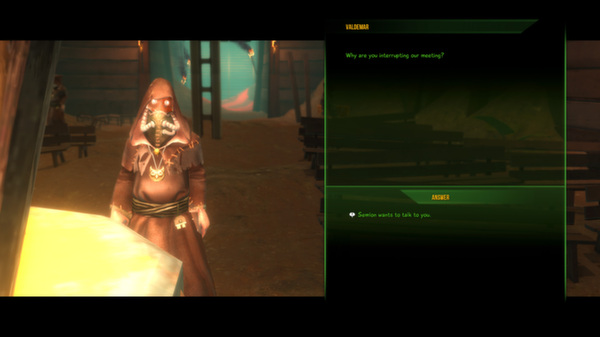
It complements and is, both literally and metaphorically, opposed to the other panel. That suggests to me that he is depicted as running late, and is hurrying to catch up with the others. Hippasos is the least prepared of all the youths, for whatever it is they are about to do. The sense of distance is reinforced by the spear slanting back, across the shield, to where Medon grasps it in his right hand.Īnd, just as Euphronios is not shy about displaying his technical virtuosity, he also provides us with a neat narrative context for the panel. The ancient Greek artists may not have grasped linear perspective, but they certainly would have known about near and far. Its position between the two boys, brings Hippasos, the largest figure in the panel, closer to the viewer and places Medon further away. The shield is important, but not as a footrest. Next, Hippasos is certainly attaching a greave to his shin but, rather than using the upturned shield as a support, his foot is actually balanced on the shaft of the next youth Medon's spear. It's a brilliantly observed action on the part of the artist. And, for what possible reason would Hyperochos's head band be attached to his sword? I suggest a far more likely explanation is that Spivey's "long ribbon" is, in fact, a baldric and Hyperochos is holding up the sword, to give the strap some slack as he adjusts it, to sit more comfortably across his shoulder. Apart from anything else, it would be well-nigh impossible to make an adjustment to such a cord, using only one hand. While it's possible to confuse what Hyperochos is doing with his right hand, I have to challenge that he is adjusting the cord that binds his hair, which is already knotted at the back of his head, with the bow clearly visible. He says of the figure named as Hyperochos that he "holds a short sword in his left hand with his right hand, he adjusts a long ribbon tied around his head".

If he was going to take so little interest, he might have done better to say nothing at all, and stick with the "A" side. While he has very little to say about it, much of what he does say is wrong.

Although it's possible to dispute most of his conjectures about the Sarpedon Krater's origins and history up to its sequestration, my main gripe with Nigel Spivey's account is in his treatment of what he refers to as the "B" side of the krater.


 0 kommentar(er)
0 kommentar(er)
